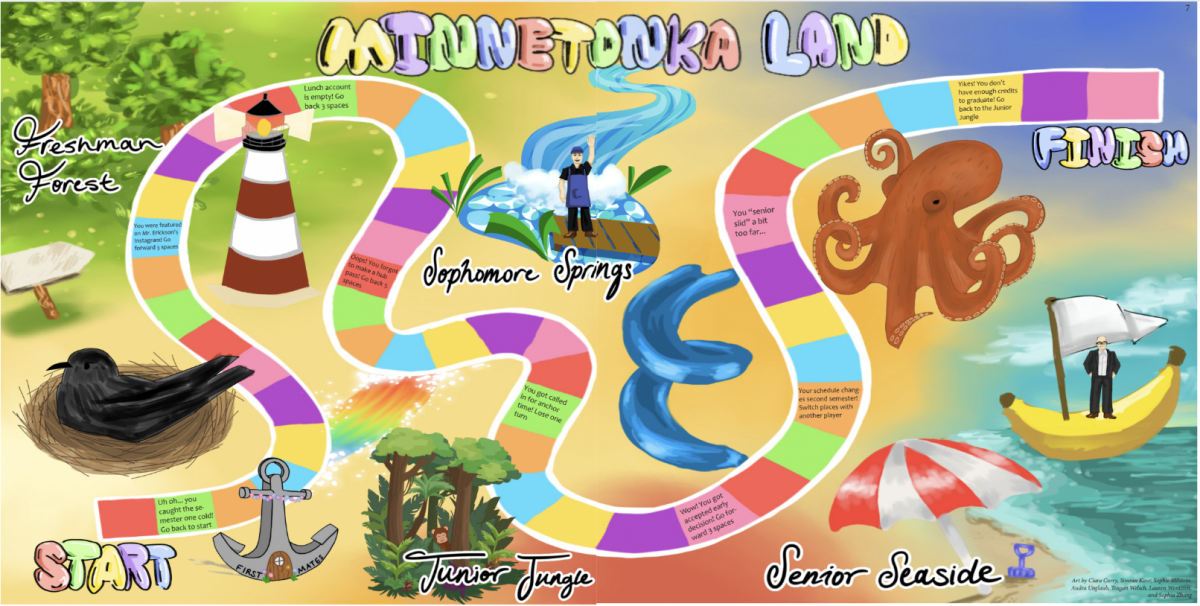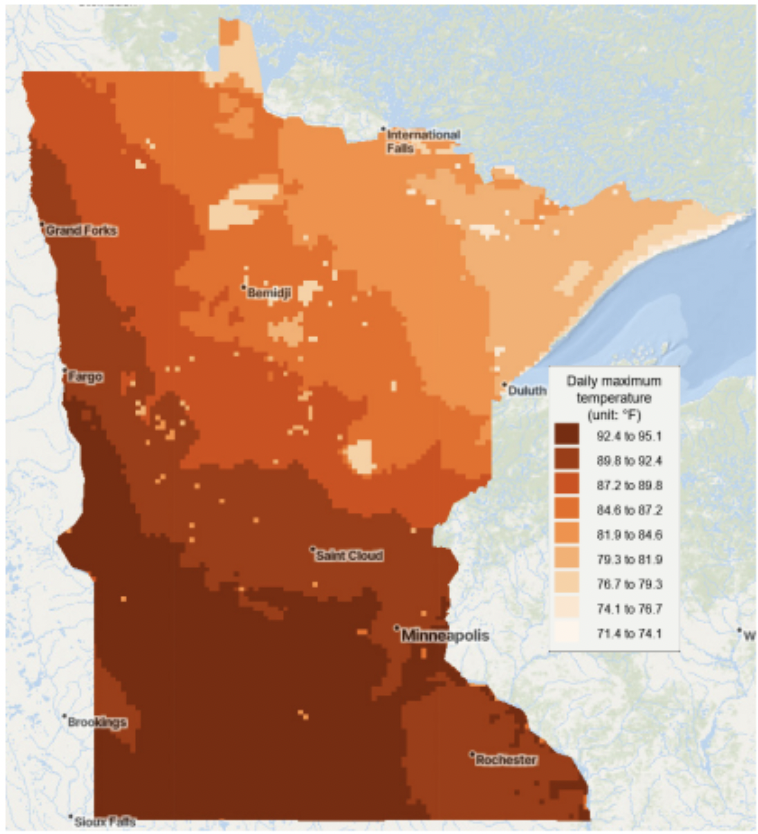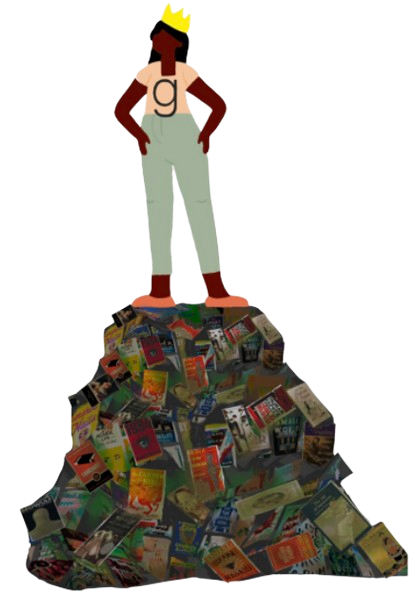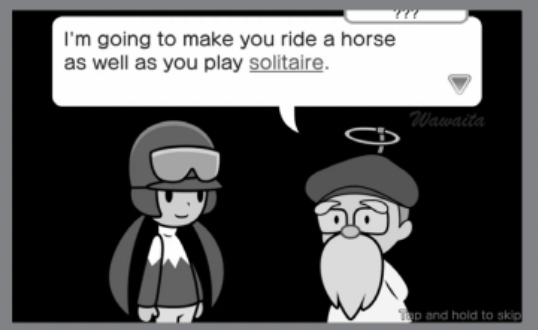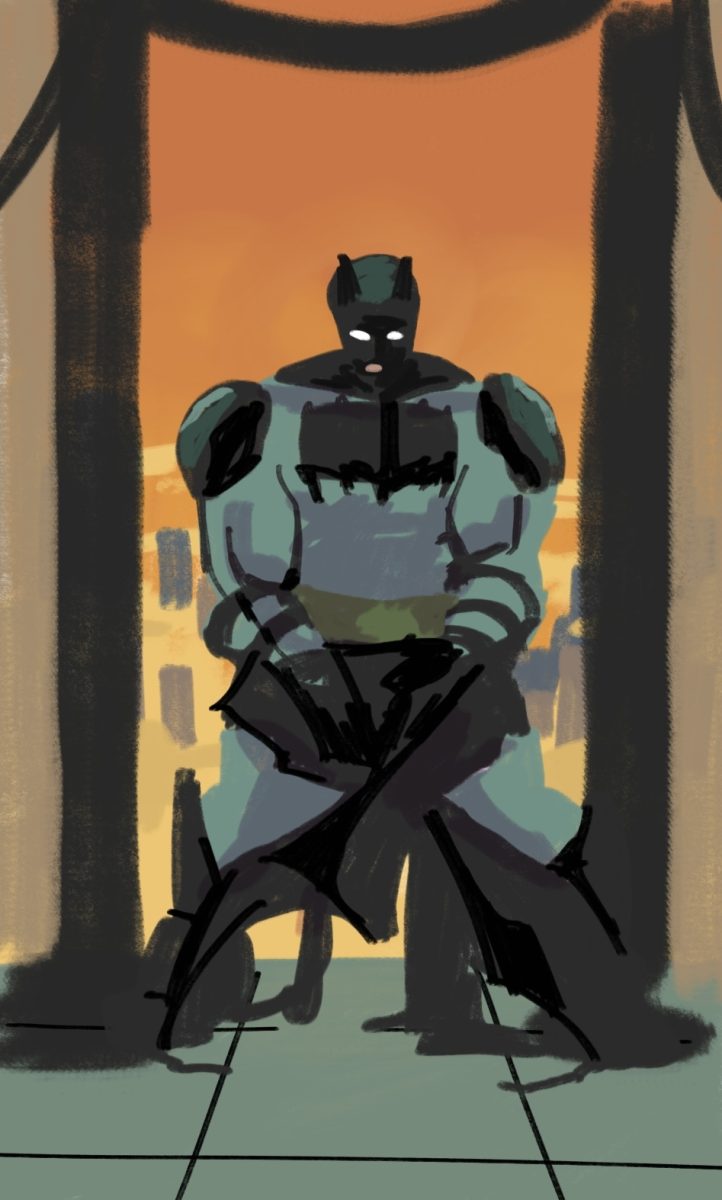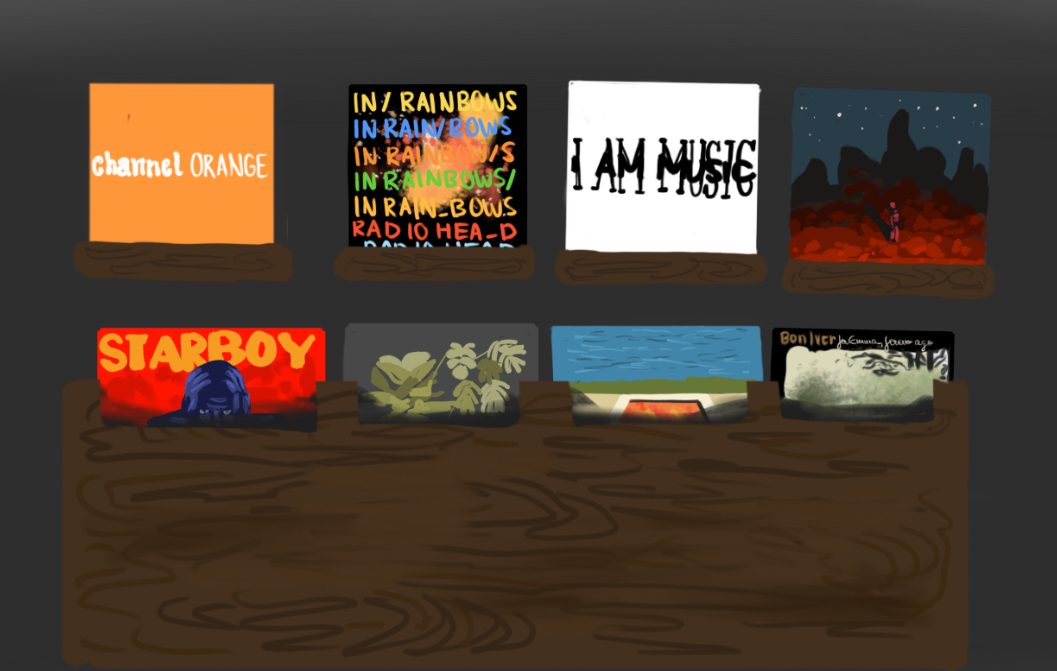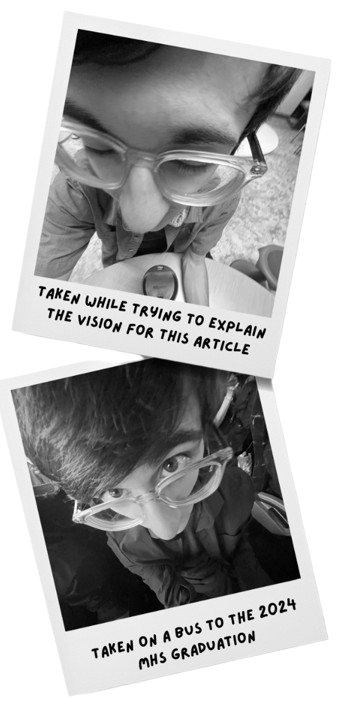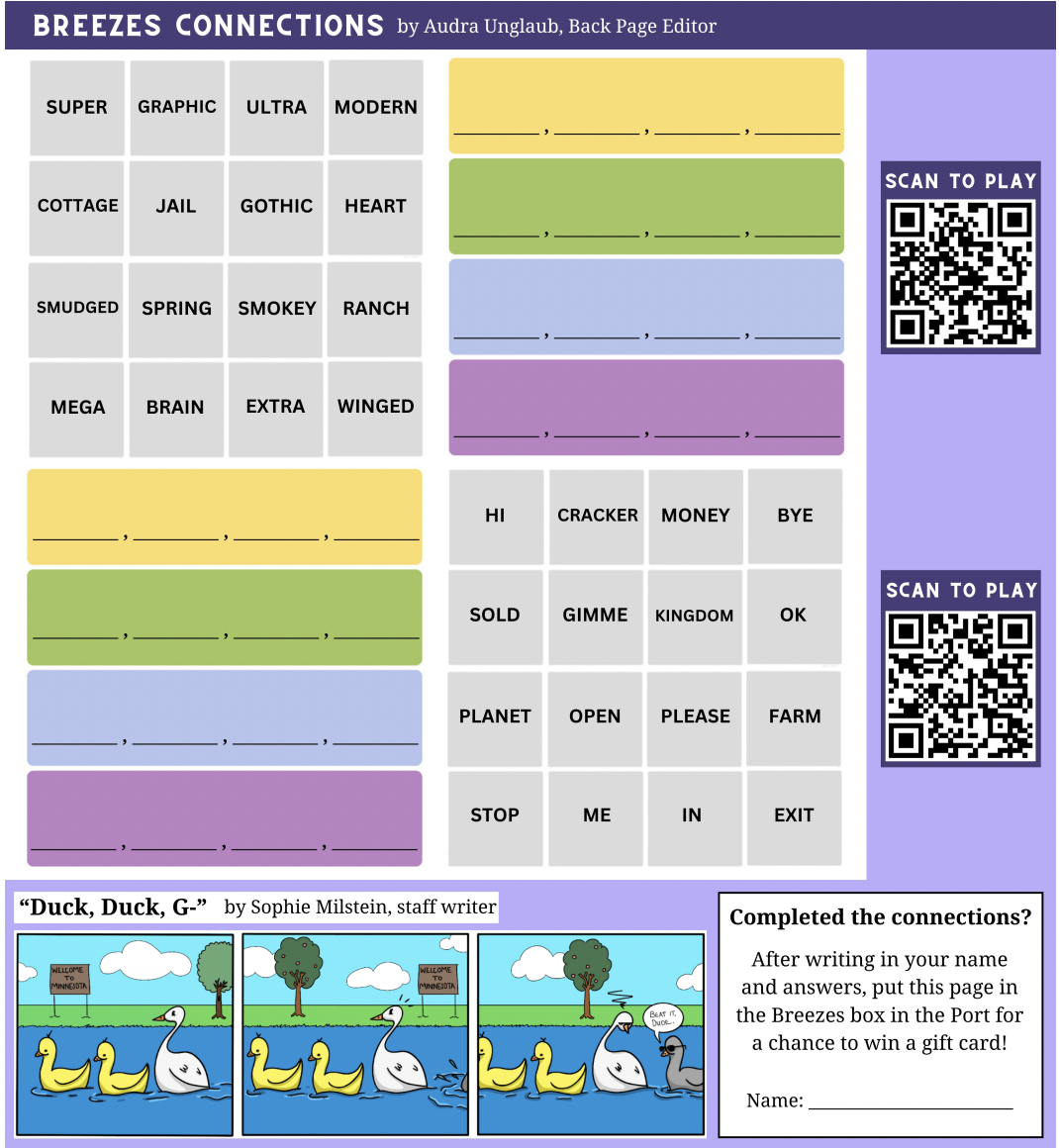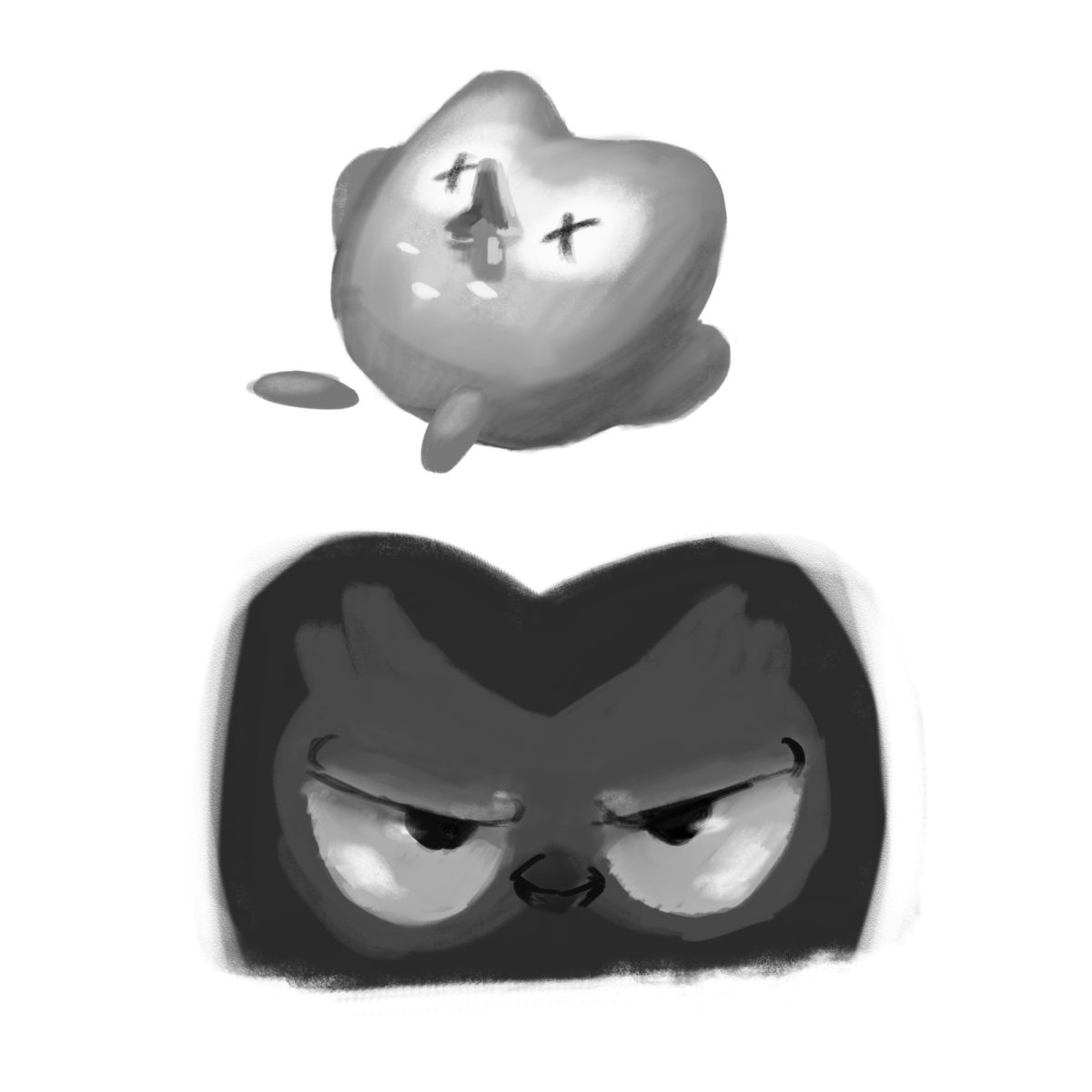“Racist trash,” commented Goodreads user Adriana on the book The Ones We Burn by Rebecca Mix five months before its release date. One-star reviews almost identical to this one flooded the book’s Goodreads page after an alleged tweet of a Goodreads comment claiming the book contained racist ideology and a subsequent TikTok controversy surrounding it, bringing the overall rating down to 3.72 stars. The Tweet mentioned in many of these reviews has been deleted, but it is obvious many of these users have heard this information from secondary sources as all of the reviews were posted months before the book was published.
Goodreads can be best labeled as a “book social media” app. Users can track their books and get book recommendations based on their preferences. Users can also leave comments and reviews on books and look at what others have to say about the book. While this feature seems positive in theory because it gives insight into books readers may have questions about, it’s the app’s greatest downfall.
Before the introduction of more “in your face,” social media, as Sabrina Louwagie, ‘27 puts it, Goodreads emerged in 2007 as a way to connect with fellow readers and find new books they might have not heard of. Much like other social media at the time, such as Twitter and Facebook, companies gained little to no advertising income, so they focused primarily on making the app more effective for users. This changed when social media companies realized that advertising and data selling could be profitable if more deceptive and manipulative strategies were used to keep users on the app for longer periods. This led to the addictive short-form content loop we see today in almost every kind of app.
Goodreads followed this same structure in its review system. Rage bait, or content with the intention to make its audience angry or frustrated, was particularly enticing to Goodreads. While the ratio of one-star reviews to five-star reviews could be one to ten, Goodreads often pushes negative reviews to the top of the comments feed so more people see and then interact negatively with those few reviews. This leads to people spending more time on the app and, therefore, more people seeing the advertisements Goodreads gets profit from. This influx of bad reviews often misrepresents the overall reaction to the book in question and may cause readers to be driven away if they think that they may not enjoy it.
Goodreads features such as the tracking of books and the ability to friend and connect with other users remain the app’s highlights, but the switch to rage bait tactics has left the app in shambles.
If Goodreads wants to foster a dedicated and connected user base they felt confident flaunting in 2007, they need to give more accurate depictions of the state of books at the moment, instead of only picking and choosing what elements to highlight in order to poison their own community for profit.





